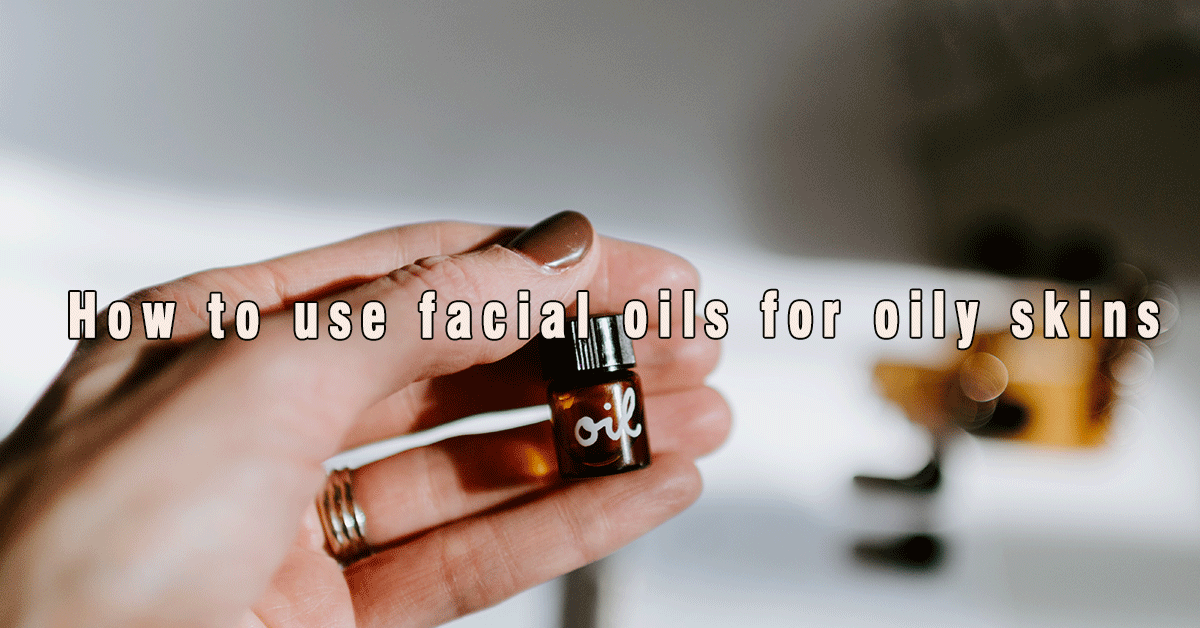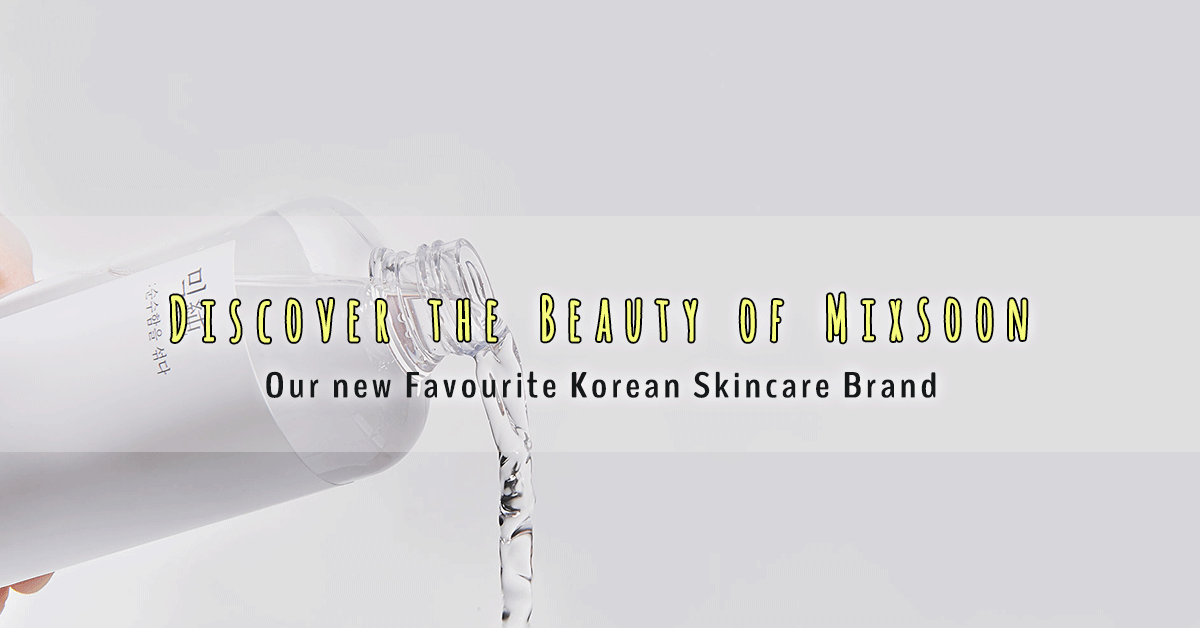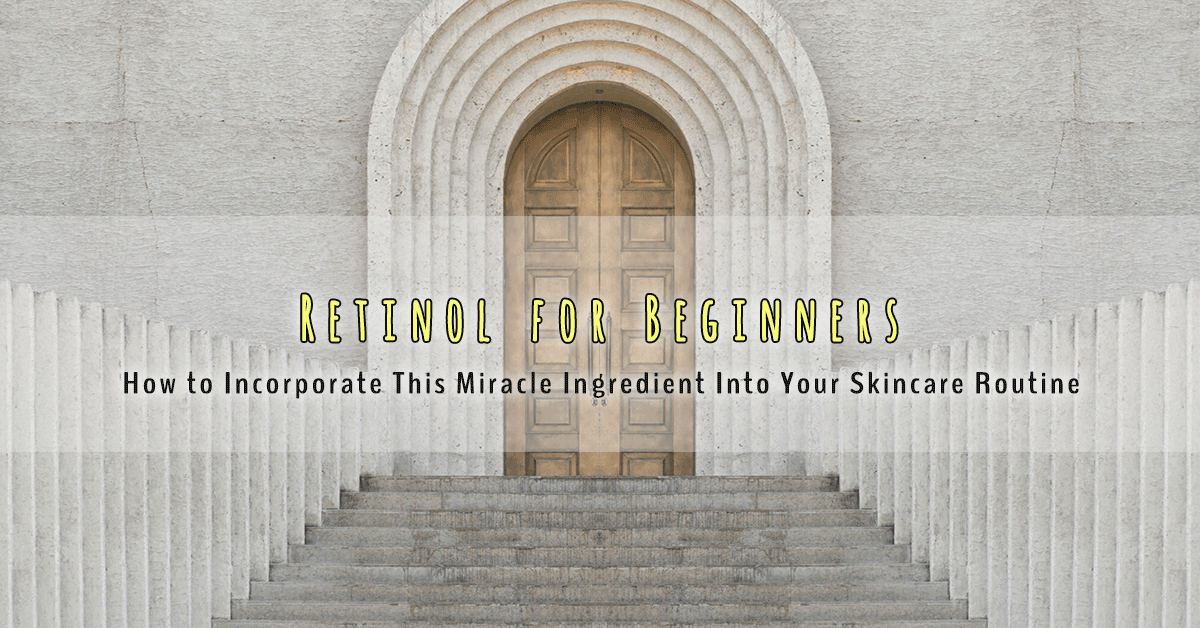Skincare
How to use facial oils for oily skins
Facial oils can have tremendous benefits in skincare. These oils are usually high in antioxidants, which is essential for combating against aging. However, oily skins are usually wary about using an oil product on the skin, being afraid of breakouts or making the skin even more oily.
In this post, I’ll dive into how to use a facial oil for oily skins.
Why would you want to use a facial oil?
Unlike cleansing, facial oil is not essential in a skincare routine, but as I age, I find myself wanting to use more oil products for the anti-aging benefits. Oils are usually extracted from the plant seeds and are highly concentrated, much more nutricious than plant extracts. Therefore, facial oils are more potent than essences and serums, and delivers greater anti-aging results.
Another reason that oily skins may want to use oil is that adding oil to the face is likely to reduce the amount of oil your skin produces. The body is a very smart mechanism that loves to balance things out. The reason your skin is producing more oil could be because it’s trying to balance the lack of water in your skin. By adding oil to the skin’s surface, it improves water retention and thereby telling the body to reduce sebum production.
This is commonly known as the water-oil balance of the skin and most troubled skins are lack of this balance. By properly hydrate and moisturise, you could improve the balance and alleviate the associated skin problems.
What kind of facial oil to use?
When you search “facial oil” on Google, you may come across a list of oils that are “non-comedogenic” or “low-comedogenic”. This means that these oils have a lower chance of clogging the pores. It’s generally believed that oils with a higher percentage of Linoleic Acid and a lower percentage of Oleic Acid are less likely to clog the pores (due to a study found that acne skins are found to be lack of Linoleic Acid).
Example of oils high in Linoleic Acids are:
- Argan oil
- Evening primrose oil
- Grapeseed oil
- Hemp seed oil
- Rosehip seed oil
- Safflower oil
- Sunflower oil
- Sunflower oil
- Sweet almond oil
Example of oils high in Oleic Acids are:
- Avocado oil
- Coconut oil
- Green tea seed oil
- Jojoba oil
- Moringa oil
- Olive oil
- Palm kernel oil
- Sea buckthorn oil
- Shea butter
- Squalane oil
- Tamanu oil
It’s interesting that a lot of the powerful antioxidant oils are rich in Oleic Acid. So, shall we avoid those?
I’ve used oils from both lists and my personal experience is that the way you use the oil is more important than the comedogenic value of the oil. That is, using an oil high in Linoleic Acid could lead to acne if you don’t use it properly and using an oil high in Oleic Acid would not lead to acne if you use it the right way.
If you remember, the reason we want to use a facial oil in the first place is for its antioxidant benefits. Therefore, when choosing an oil, I would go for the one that has a higher anti-aging value rather than a lower comedogenic value.
How to use facial oils when you have oily skin?
Using a facial oil for oily skins can be more difficult than other skin types. But when used in the right way, your skin could benefit from the abundant antioxidants and potentially fixing your water-oil balance at the same time.
Step 1: Exfoliate
Exfoliation removes excess dead skin cells on the surface of the skin. When the dead skin layer gets too thick, it blocks moisture from entering into the deeper layer of the skin, which leads to dehydration. Dehydration then leads to excess sebum production. Therefore, regular (and proper) exfoliation helps to keep the dead skin layer healthy – that is, not too thick that the skin becomes dehydrated, and not too thin that the skin becomes easily damaged and irritated.
When using an oil, it’s important that your dead skin layer is in a healthy state. Otherwise, the oil is unable to penetrate deep into the skin layer and you’ll feel extremely greasy. This also increases the chance of breaking out.
Exfoliate 1~2 times a week by using a gentle peeling product will help to keep the dead skin layer in a healthy state.
Step 2: Hydrate
When you have oily skin, there is a good chance that your skin is lack of water. Hydrating the skin helps to replenish the moisture and reduce sebum production. This creates a much friendlier environment for the facial oil.
Hydration also helps to dilute the oil. When your skin is full of moisture, the facial oil will be much easier to absorb and disperse and penetrate deeper.
Hydrate with a lightweight toner or essence and avoid gloopy or viscous products.
Step 3: Use sparingly
By sparingly, I mean ONE DROP.
Facial oils are usually quite potent and one drop a day used consistently is sufficient to make a difference to your skin. There is no need to over-grease your face.
When I first started using facial oil, I used about half a dropper, which made my face quite greasy despite that I exfoliated and hydrated beforehand. No surprise that I broke out a few days later.
I now only use 1 drop at a time or at maximum 2 drops when I feel my skin is a bit drier. This is how I use the drop:
- Take 1 drop of oil onto the palm of one hand.
- Rub both hands together to disperse the oil all over the palms.
- Press the palms onto the cheeks, leave for 1~2 seconds, then move onto the forehead and chin, back to the cheeks and the neck. Massage gently until mostly absorbed. Try to distribute the oil to the drier parts of your face such as the cheeks and neck first then the remaining oil to the less dry parts such as forehead and chin. Leave out the nose.
- Skip the moisturiser.
Alternative: add to your moisturiser or sunscreen
Another way to use oil is by mixing it with your moisturiser or sunscreen. This is especially great if you have a moisturiser or sunscreen that’s not moisturising enough.
Again, one drop is enough. Mix it with the moisturiser or sunscreen on the back of your hand first before applying to the entire face.
My favourite facial oil
The oil that I’ve been particularly loving is the Urang Brightening Blue Oil Serum. This is a pure green tea seed oil with a bit of Azulene. I could feel the increased plumpness and elasticity when using this oil. I haven’t been breaking out whilst using just 1 drop at a time. Highly recommend if you’re looking for an anti-aging facial oil.





